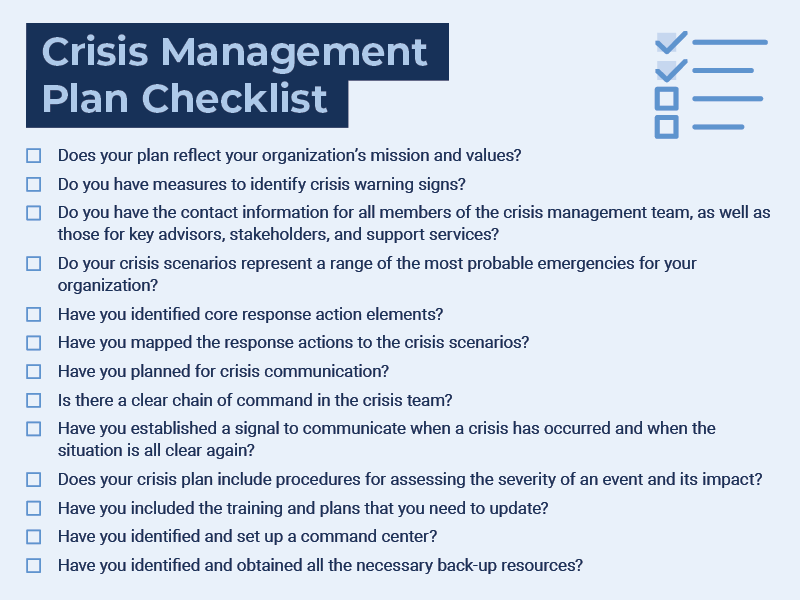In today’s digital age, where information travels at the speed of light, managing a crisis has become a formidable challenge for businesses and individuals alike. The rise of social media and 24/7 news cycles means that news, both positive and negative, can spread rapidly, impacting reputations in ways that were unimaginable just a few years ago. It’s crucial for organizations to understand how to navigate crisis communication in the digital age, employing best practices for reputation management to protect their brand and credibility.
The Digital Age’s Impact on Crisis Communication
The digital age has ushered in a new era of crisis communication, characterized by the following key features:
- Instantaneity: News and information spread rapidly. One tweet or post can go viral within minutes, potentially escalating a crisis.
- Pervasiveness: With smartphones and social media, anyone can become a reporter, capturing and sharing events as they unfold. This makes it essential to respond quickly and accurately.
- Global Reach: Information can reach a global audience, making a crisis potentially more damaging. It’s no longer confined to a particular region or audience.
- Transparency: The public expects transparency and honesty from organizations. Attempts to cover up or downplay a crisis can backfire spectacularly.
- Permanence: Once something is online, it can be challenging to erase. Negative information can resurface years later, affecting an organization’s reputation.
Best Practices for Crisis Communication in the Digital Age

Navigating crisis communication in the digital age requires a proactive approach. Here are some best practices for reputation management:
- Develop a Crisis Management Plan:
- Create a comprehensive crisis management plan before a crisis strikes. This plan should outline roles, responsibilities, and communication strategies.
- Monitor Online Conversations:
- Employ monitoring tools to keep track of what’s being said about your organization. Early detection of a brewing crisis allows for a quicker response.
- Social Media Engagement:
- Establish a presence on major social media platforms and actively engage with your audience. In a crisis, these channels can be used to disseminate accurate information and respond to questions and concerns.
- Transparency and Honesty:
- Be upfront about the situation. Hiding information or providing false information can exacerbate the crisis. Apologize if necessary and commit to addressing the issue.
- Prepare Messaging in Advance:
- Develop template messages and press releases for common crisis scenarios. These can be adapted quickly, ensuring a timely and consistent response.
- Media Relations:
- Build strong relationships with the media and key journalists. They can help disseminate accurate information and act as a channel for your response.
- Stakeholder Communication:
- Reach out to key stakeholders, including employees, customers, and partners, to keep them informed about the situation and how it will be addressed.
- Train Spokespersons:
- Ensure your spokespersons are well-prepared to address the media and the public. Media training can help maintain a calm and professional demeanor.
- Learn from Past Crises:
- Analyze past crises, both within your organization and in your industry, to identify lessons learned and improve your crisis management strategy.
- Reputation Recovery:
- After the crisis is resolved, focus on reputation recovery. Implement changes based on the lessons learned and communicate these changes to the public.
- Legal Counsel:
- Consult with legal experts to understand potential legal implications and ensure that your communication remains within legal boundaries.
- Use Technology to Your Advantage:
- Leverage technology, such as chatbots or AI-driven sentiment analysis, to assist with monitoring, data analysis, and responding to routine inquiries.

Conclusion
Crisis communication in the digital age is a critical skill for organizations and individuals. The speed and reach of information make it essential to employ best practices for reputation management. A proactive approach, transparency, and preparedness can help mitigate the damage caused by a crisis and, in some cases, even turn it into an opportunity for growth. By understanding and implementing these best practices, entities can effectively navigate the turbulent waters of crisis communication in the digital age.

Leave a Reply